Home>Garden Essentials>How To Germinate Okra
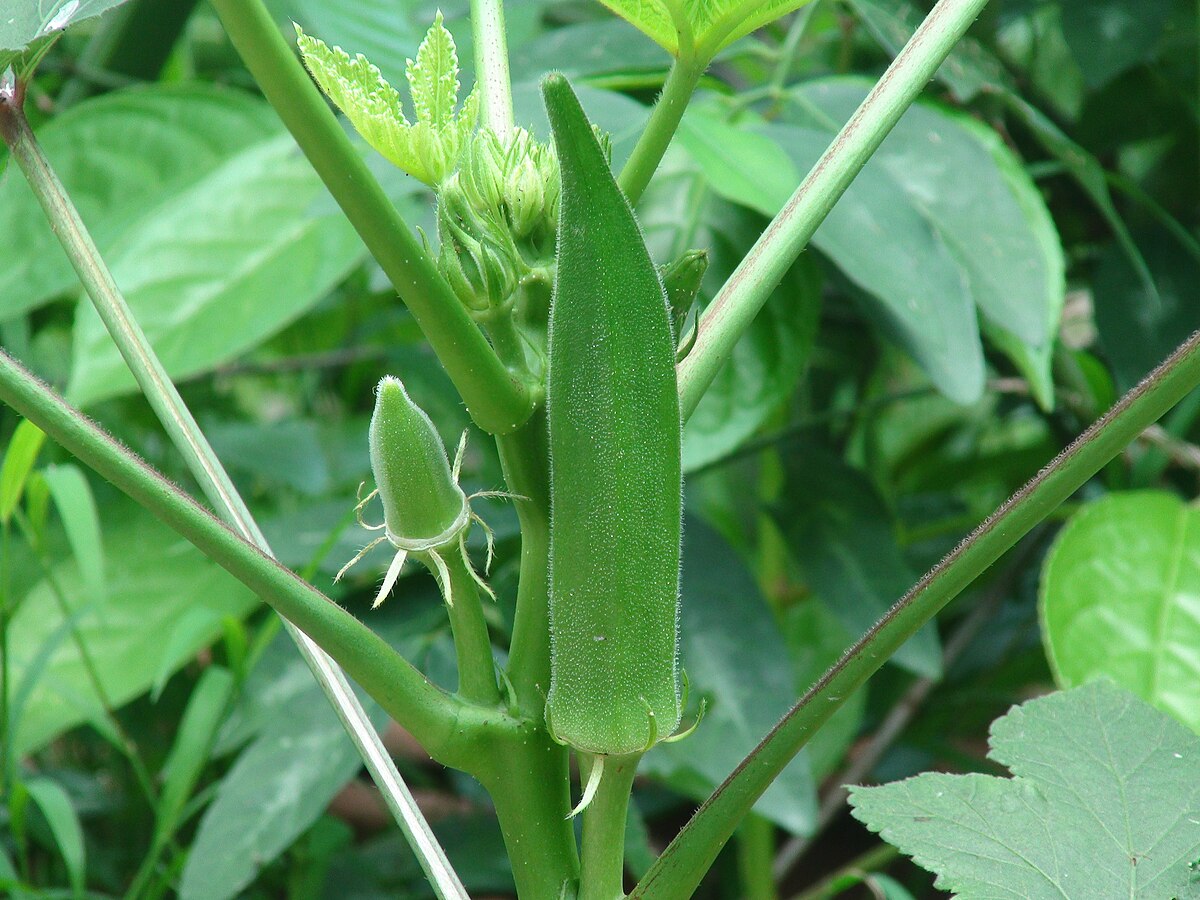

Garden Essentials
How To Germinate Okra
Modified: March 24, 2024
Learn how to germinate dark okra in your garden. Discover the best techniques and tips for successful okra seed propagation.
(Many of the links in this article redirect to a specific reviewed product. Your purchase of these products through affiliate links helps to generate commission for Storables.com, at no extra cost. Learn more)
Introduction
Welcome to the world of gardening! Whether you are a seasoned gardener or a newbie just starting out, the process of germinating seeds is a crucial step in growing healthy and thriving plants. Among the many different types of seeds, okra seeds hold a special place due to their versatility and nutritional value. If you want to make the most out of your okra harvest, then you might consider exploring the technique of dark germination.
The concept of dark germination involves providing the seeds with an environment devoid of light during the germination period. This method mimics the natural conditions that okra seeds experience when they fall onto the ground and get covered by soil or debris. By using this technique, you can enhance the germination rate and produce healthier seedlings. In this article, we will delve deeper into the importance of dark germination in okra seeds and provide you with a step-by-step guide to successfully germinate your okra seeds in the dark.
Before we dive into the details, let’s understand why dark germination is essential for okra seeds and the factors that affect their germination rate.
Key Takeaways:
- Okra seeds benefit from dark germination, promoting better root development and uniform seedling emergence, leading to healthier and more productive plants.
- To successfully germinate okra seeds in the dark, ensure high-quality seeds, proper moisture and temperature control, and patience for optimal results.
Read more: How Long Does Okra Take To Germinate
The Importance of Dark Germination in Okra Seeds
Dark germination plays a crucial role in the successful growth and development of okra seeds. By subjecting the seeds to a dark environment during germination, several physiological processes are triggered, leading to improved seedling emergence and overall plant vigor.
One of the key benefits of dark germination is the promotion of elongation in the seedlings. When exposed to darkness, okra seeds produce a hormone called etiolin, which stimulates the elongation of the stem and root. This elongation is critical for the seedling’s ability to penetrate the soil surface and establish a strong root system.
In addition to elongation, dark germination also promotes the development of stronger and healthier seedlings. When seeds are kept in darkness, they tend to allocate their energy towards root development, resulting in robust root systems. These well-developed roots are essential for nutrient uptake, water absorption, and overall plant stability.
Dark germination also enhances the uniformity of the seedlings. By subjecting the seeds to a consistent dark environment, you can achieve more synchronized germination, leading to a more even emergence of seedlings. This uniformity is advantageous when it comes to transplanting the seedlings, as they will have similar growth stages and can be planted at the same time, ensuring a more coherent and fruitful harvest.
Furthermore, dark germination helps to protect the seeds from unfavorable external factors. By keeping the seeds in a controlled, dark environment, you can shield them from excessive heat, excessive light exposure, and potential damage caused by pests or diseases. This protective measure gives the seeds a better chance of germinating successfully and reduces the risk of losing valuable seedlings.
It’s important to note that dark germination isn’t necessary for all plant species. However, for okra seeds, it can significantly improve germination rates, seedling development, and overall plant health. By understanding the importance of dark germination, you can make informed decisions and optimize the germination process to ensure a successful okra harvest.
Factors Affecting Dark Germination in Okra
While dark germination can be beneficial for okra seeds, it’s essential to consider certain factors that can affect the success of this germination method. Understanding these factors will help you create the ideal conditions for optimal dark germination of your okra seeds.
1. Seed Quality: The quality of the okra seeds directly impacts their germination rate. It’s vital to choose high-quality seeds from a reputable source to ensure better dark germination outcomes. Look for seeds that are plump, free from damage or mold, and have a high germination percentage.
2. Temperature: Like all seeds, okra seeds have specific temperature requirements for germination. The ideal temperature range for dark germination of okra seeds is around 80 to 90 degrees Fahrenheit (27 to 32 degrees Celsius). Maintaining a consistent temperature within this range will enhance germination rates and seedling development.
3. Moisture: Adequate moisture is crucial for successful germination, regardless of the germination method used. With dark germination, it’s important to strike a balance between providing enough moisture to promote seed activation and avoiding excessive moisture that can lead to rot or fungal diseases. Keep the growing medium slightly moist, but not soaking wet, throughout the germination period.
4. Seed Depth: Okra seeds should be planted at an appropriate depth to ensure successful dark germination. Plant the seeds at a depth of around 1 inch (2.5 centimeters) in the growing medium. This depth allows for proper root development while still providing a suitable environment for germination.
5. Air Circulation: While dark germination involves keeping the seeds away from light, it’s important to provide adequate air circulation to prevent mold or fungal growth. Ensure that there is proper ventilation around the germination area, allowing fresh air to circulate and prevent stagnant conditions.
6. Seed Treatment: Some gardeners opt to pre-soak the okra seeds before dark germination to enhance germination rates. Soaking the seeds for 12-24 hours in warm water or a seed-starting solution can help soften the seed coat, making it easier for the seeds to absorb moisture and germinate more quickly and efficiently.
By considering these factors and making the necessary adjustments, you can maximize the success rate of dark germination in okra seeds. Paying attention to seed quality, temperature, moisture, seed depth, air circulation, and seed treatment will greatly contribute to the overall success of your okra seed germination process.
Optimal Conditions for Dark Germination
Creating the ideal conditions for dark germination is crucial to ensure the success of your okra seeds. Paying attention to specific factors will help create an environment that promotes optimal germination and seedling development.
1. Germination Tray or Container: Select a suitable germination tray or container to hold the okra seeds during the dark germination process. The container should have adequate drainage holes to prevent waterlogging and facilitate proper air circulation in the growing medium.
2. Growing Medium: Choose a well-draining and nutrient-rich growing medium for your okra seeds. A mix of peat moss, perlite, and vermiculite can provide an ideal balance of moisture retention and aeration. Avoid using heavy soils that can lead to waterlogging or compacted roots.
3. Moisture Control: Maintaining consistent moisture levels is crucial for successful dark germination. Use a spray bottle to mist the growing medium regularly and keep it slightly moist. Avoid overwatering, as excessive moisture can lead to rot or fungal diseases. Monitor the moisture levels closely to ensure a favorable environment for germination.
4. Temperature Control: Okra seeds require warm temperatures to germinate successfully. Place the germination tray or container in an area with a consistently warm temperature of around 80 to 90 degrees Fahrenheit (27 to 32 degrees Celsius). Utilize a seedling heat mat if needed to maintain the desired temperature range.
5. Darkness: As the name suggests, dark germination requires keeping the okra seeds away from light during the germination period. Choose a suitable location for the germination tray, such as a dark closet or cabinet. Cover the tray with a dark towel or place it inside a dark bag or box to block out any light exposure.
6. Ventilation: While dark germination requires a dark environment, it’s essential to provide adequate ventilation to prevent mold or fungal growth. Ensure that there is some airflow around the germination tray by leaving a small opening or using breathable materials to cover the tray.
7. Patience and Observation: Dark germination may take slightly longer than standard germination methods, so it’s important to be patient. Regularly check the germination tray to monitor the progress of your okra seeds. Once the seedlings emerge, gradually introduce them to light while continuing to provide the ideal temperature and moisture conditions.
By following these optimal conditions for dark germination, you can enhance the chances of successful germination and ensure healthy seedling development in your okra seeds. Creating a favorable environment with proper moisture levels, temperature control, darkness, and ventilation will set the stage for a successful growing journey.
To germinate okra seeds in the dark, place them in a damp paper towel inside a plastic bag. Keep the bag in a warm, dark place for 3-4 days until the seeds sprout. Then, plant the sprouted seeds in soil.
Step-by-Step Guide to Germinating Okra in the Dark
Germinating okra seeds in the dark is a straightforward process that requires attention to detail and proper care. Follow these step-by-step instructions to successfully germinate your okra seeds in a dark environment:
- Select High-Quality Seeds: Choose high-quality okra seeds from a reputable source. Look for seeds that are plump, free from damage or mold, and have a high germination percentage.
- Prepare the Germination Tray: Select a germination tray or container with adequate drainage holes. Fill the tray with a well-draining growing medium such as a mix of peat moss, perlite, and vermiculite.
- Moisten the Growing Medium: Use a spray bottle to moisten the growing medium until it is slightly damp. Avoid overwatering, as excessive moisture can lead to rot or fungal diseases.
- Plant the Okra Seeds: Make a small indentation or hole in the growing medium using your finger or a pencil. Plant each okra seed at a depth of around 1 inch (2.5 centimeters) and cover it gently with the growing medium.
- Provide Darkness: Place the germination tray in a dark location, such as a closet or cabinet. Cover the tray with a dark towel or place it inside a dark bag or box to block out any light exposure. Ensure that the seeds are in complete darkness throughout the germination period.
- Maintain Temperature and Moisture: Keep the germination tray in an area with a consistent temperature of around 80 to 90 degrees Fahrenheit (27 to 32 degrees Celsius). Monitor the moisture levels in the growing medium and mist it regularly to keep it slightly moist.
- Observe and Wait: Check the germination tray regularly to monitor the progress of the okra seeds. It may take longer for the seeds to germinate in the dark compared to standard germination methods, so be patient and resist the urge to disturb them.
- Introduce Light Gradually: Once the seedlings have emerged and are around 2 to 3 inches tall, it’s time to gradually introduce them to light. Start by uncovering the tray for short periods each day, gradually increasing the exposure to natural or artificial light over the course of a week or two.
- Transplant Seedlings: Once the seedlings have adjusted to light, they are ready to be transplanted into individual pots or your garden. Choose a sunny location with well-draining soil and provide adequate spacing between the plants.
- Care for the Seedlings: Continue to provide the seedlings with proper care, including regular watering, adequate sunlight, and any necessary fertilization. Monitor their growth and protect them from pests or diseases as needed.
By following these step-by-step instructions, you can successfully germinate your okra seeds in the dark and ensure healthy seedling development. Remember to maintain the optimal temperature, moisture levels, and darkness throughout the germination process and gradually introduce the seedlings to light. With proper care and attention, you’ll be on your way to a bountiful okra harvest!
Read more: How To Store Okra
Benefits of Dark Germination in Okra
Dark germination offers several benefits when it comes to successfully growing and nurturing okra plants. By providing the seeds with a dark environment during germination, you can unlock these advantages:
1. Improved Germination Rate: Dark germination promotes better and more efficient germination of okra seeds. The controlled darkness mimics the natural conditions that okra seeds experience when they fall onto the ground and get covered by soil or debris. This stimulates the seeds to sprout and emerge as healthy seedlings with improved germination rates.
2. Enhanced Root Development: Dark germination encourages robust root development in okra seedlings. By keeping the seeds in a dark environment, their energy is allocated towards root growth, resulting in strong and well-established root systems. These well-developed roots allow the plants to efficiently absorb nutrients and water, leading to healthier and more vigorous growth.
3. Uniform Seedling Emergence: Dark germination promotes uniform seedling emergence in okra plants, leading to a more organized and synchronized growth pattern. With consistent darkness, the seeds germinate at a similar rate, resulting in a more even emergence of seedlings. This uniformity is beneficial when it comes to transplanting and managing the plants, as they will have similar growth stages and can be treated and cared for accordingly.
4. Protection from External Factors: Dark germination helps protect okra seeds from potential damage caused by excessive light, heat, pests, and diseases. By keeping the seeds in a controlled, dark environment, you can shield them from harmful external conditions that may hamper germination and seedling development. This protection enhances the chances of successful germination and ensures the overall health and vitality of the plants.
5. Increased Growing Efficiency: Dark germination optimizes the growing efficiency of okra plants. With improved root development and synchronized seedling emergence, the plants can establish themselves more quickly and efficiently, allowing them to utilize resources effectively. This results in robust growth, higher yields, and a more productive garden.
6. Preservation of Seed Viability: When seeds are stored for longer periods, their viability may decrease. Dark germination can be a useful technique to test the viability of older okra seeds. By subjecting them to the dark germination process, you can determine if the seeds are still viable and worth planting, ensuring that you utilize your resources effectively.
By harnessing the benefits of dark germination in okra, you can enhance germination rates, promote healthy root development, and achieve more uniform seedling emergence. This method not only increases the efficiency of your gardening efforts but also supports the overall growth and productivity of your okra plants.
Potential Challenges and Solutions in Dark Germination
While dark germination can be a beneficial technique for nurturing okra seeds, there are potential challenges that gardeners may encounter. Understanding these challenges and having effective solutions in place will help ensure successful dark germination:
1. Mold and Fungal Growth: Dark and moist conditions can sometimes lead to the growth of mold or fungi on the seeds or in the growing medium. To prevent this, ensure proper air circulation by providing ventilation in the germination area. Additionally, use a well-draining growing medium and avoid overwatering to minimize excessive moisture that can promote mold growth.
2. Insufficient Darkness: Adequate darkness is crucial for successful dark germination. Ensure that the germination tray or container is placed in a completely dark location such as a closet or cabinet. Cover the tray with a dark towel, or use a dark bag or box to block out any light exposure. Eliminating all sources of light is essential for the seeds to germinate properly in the dark.
3. Incorrect Temperature: Maintaining the ideal temperature range is vital for the successful germination of okra seeds. Higher temperatures in the range of 80 to 90 degrees Fahrenheit (27 to 32 degrees Celsius) promote faster and more efficient germination. Use a seedling heat mat or find a warm location in your home to provide the optimal temperature for the seeds.
4. Inadequate Moisture: Balancing moisture levels is crucial for dark germination. While it’s important to keep the growing medium slightly moist, excessive moisture can lead to rot or fungal diseases. Monitor the moisture levels closely by regularly misting the growing medium and ensure that they remain slightly damp, but not overly wet.
5. Poor Seed Quality: The quality of the okra seeds will significantly affect their germination rate and success. Choose high-quality seeds from a reliable source to maximize the chances of successful dark germination. Look for seeds that are plump, undamaged, and have a high germination percentage.
6. Insufficient Ventilation: While dark germination requires a dark environment, it’s crucial to provide adequate ventilation to prevent the growth of mold or fungi. Ensure there is some airflow around the germination area by leaving a small opening or using breathable materials to cover the tray. Proper ventilation will help maintain a healthy environment for the germinating seeds.
7. Patience is Key: Dark germination may take longer than standard germination methods. Be patient and avoid disturbing the seeds during the germination period. Check the progress regularly, but refrain from unnecessary handling or moving of the tray. Trust the process, as the okra seeds will eventually sprout and emerge as healthy seedlings with time.
By being aware of these potential challenges and implementing the appropriate solutions, you can overcome any obstacles that may arise during dark germination. With proper attention to darkness, temperature, moisture, seed quality, ventilation, and patience, you can ensure successful germination and set the stage for healthy okra plants.
Conclusion
Dark germination is a valuable technique for enhancing the success and productivity of okra plants. By subjecting the seeds to a dark environment during germination, you can unlock a range of benefits, including improved germination rates, enhanced root development, and more uniform seedling emergence. Dark germination also provides protection from external factors and increases the overall growing efficiency of okra plants.
To achieve optimal dark germination results, ensure that you have high-quality seeds and create the right conditions. Pay attention to factors such as temperature, moisture, darkness, and ventilation to create an ideal germination environment. By following a step-by-step guide and being patient throughout the process, you can successfully germinate your okra seeds in the dark and set the stage for thriving plants.
However, it’s crucial to recognize and address potential challenges that may arise during dark germination, such as mold or fungal growth and inadequate darkness. Implementing solutions such as proper ventilation, moisture control, and selecting high-quality seeds will help overcome these challenges and ensure successful germination.
In conclusion, dark germination is a valuable technique for maximizing the potential of your okra seeds. By providing the seeds with a controlled dark environment, you can improve germination rates, establish strong root systems, and achieve more uniform seedling emergence. With proper care and attention to the optimal conditions, dark germination will set the foundation for healthy and productive okra plants in your garden.
Frequently Asked Questions about How To Germinate Okra
Was this page helpful?
At Storables.com, we guarantee accurate and reliable information. Our content, validated by Expert Board Contributors, is crafted following stringent Editorial Policies. We're committed to providing you with well-researched, expert-backed insights for all your informational needs.
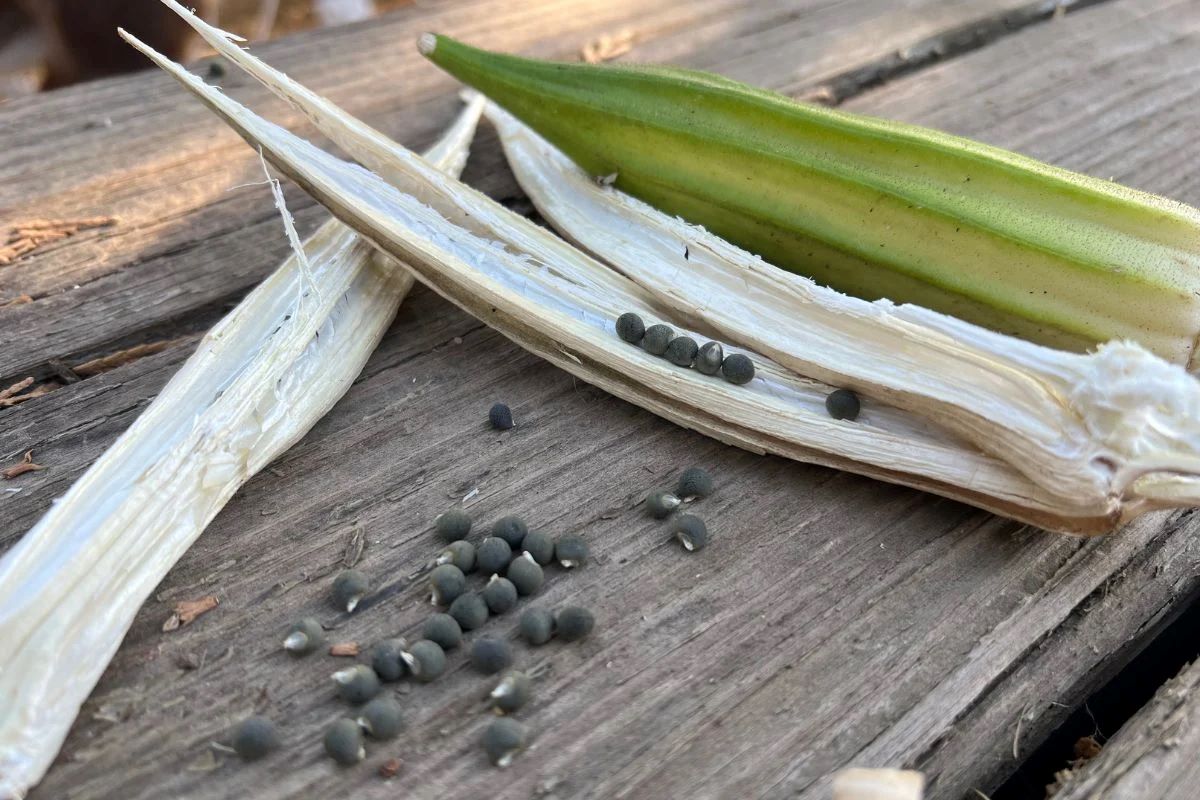
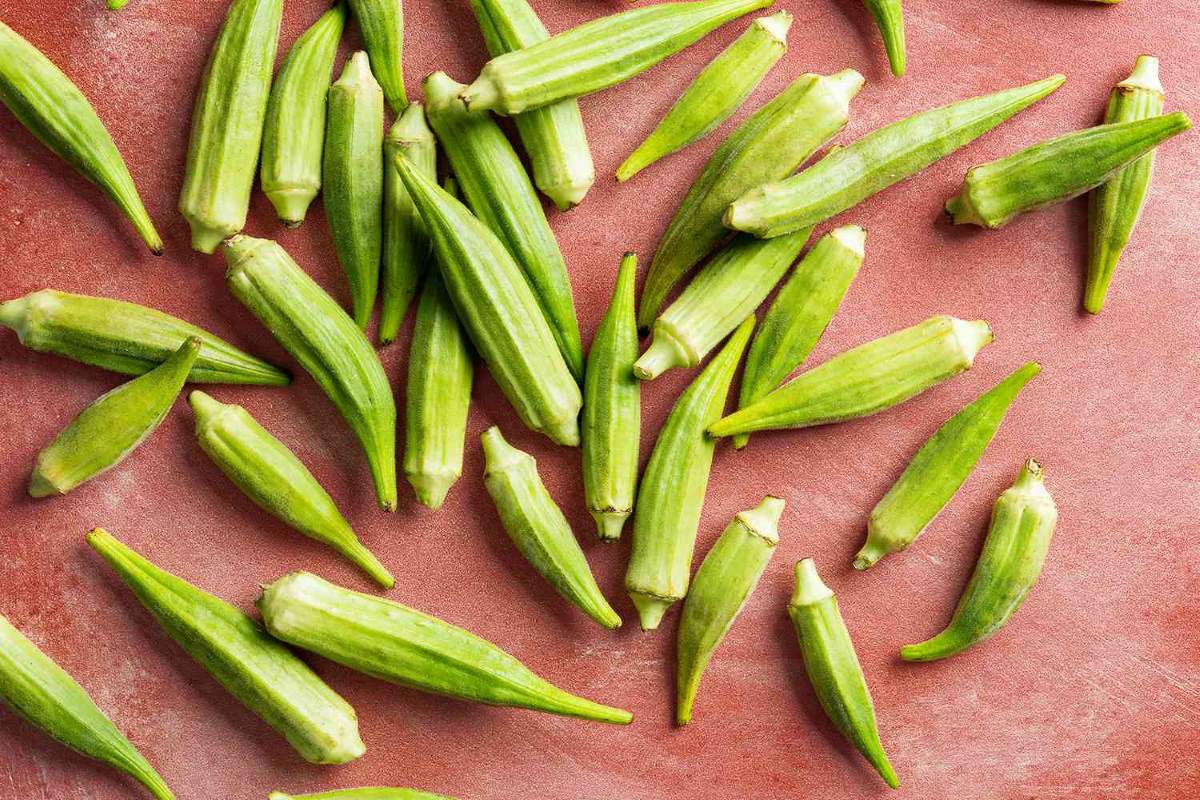
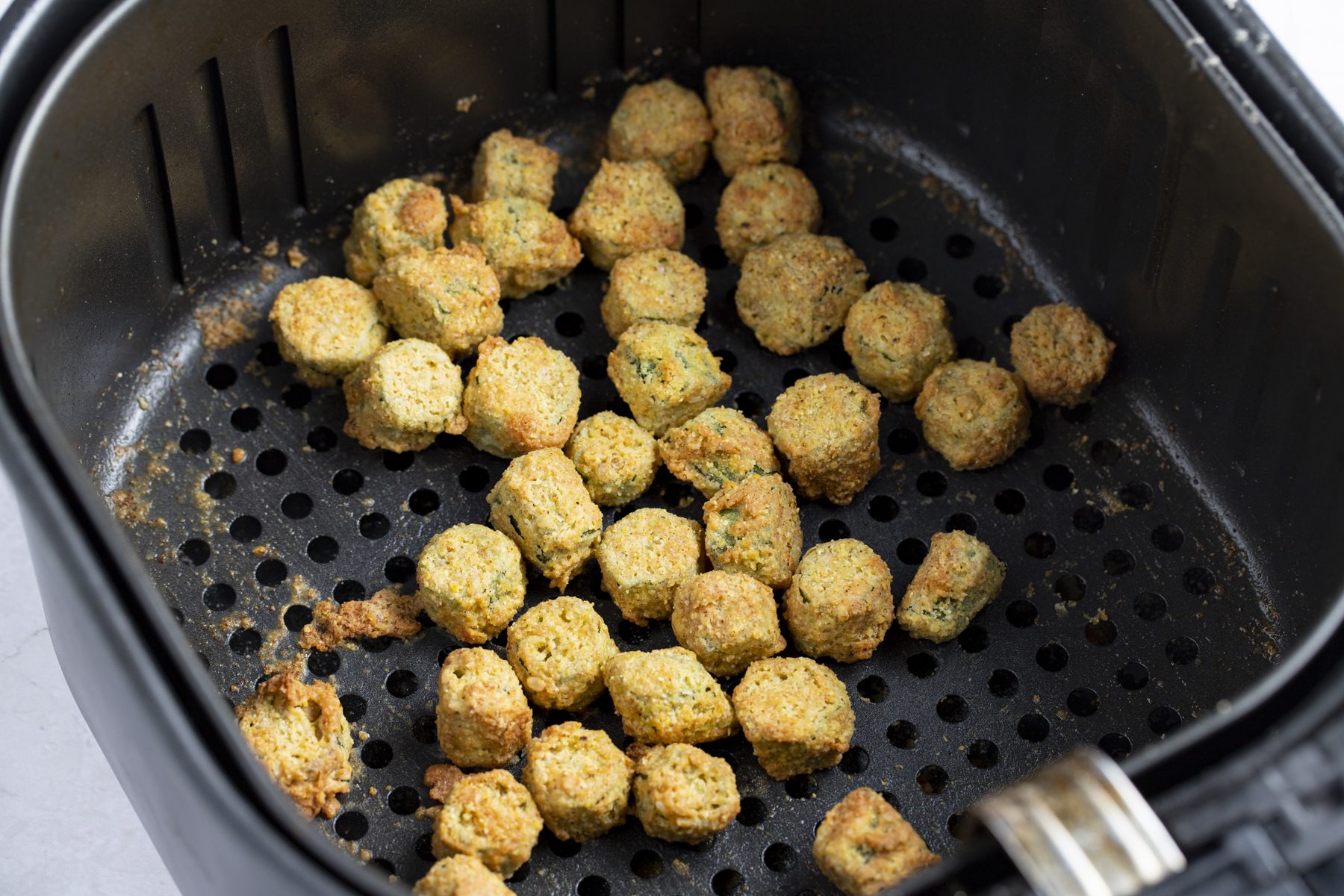
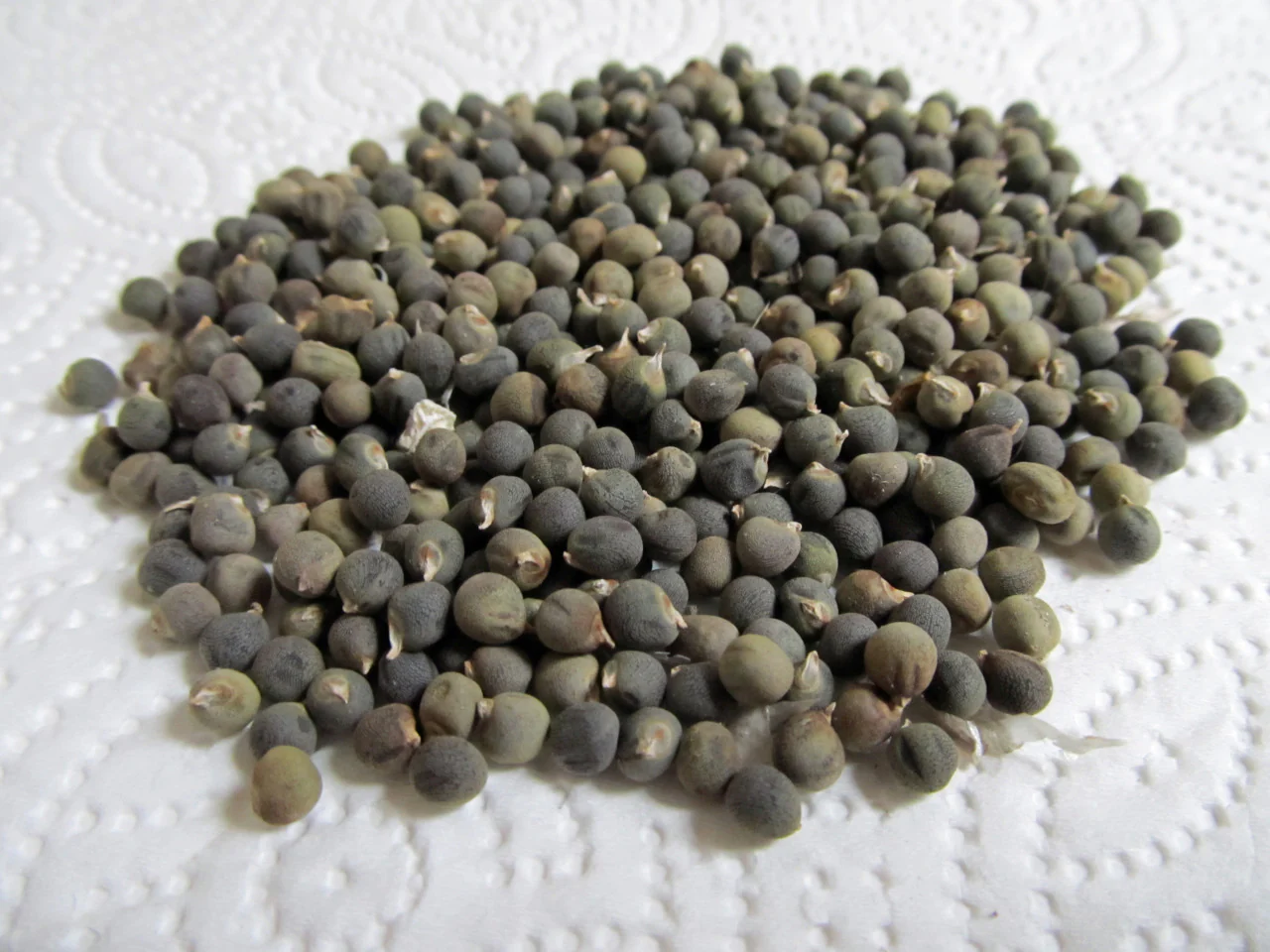
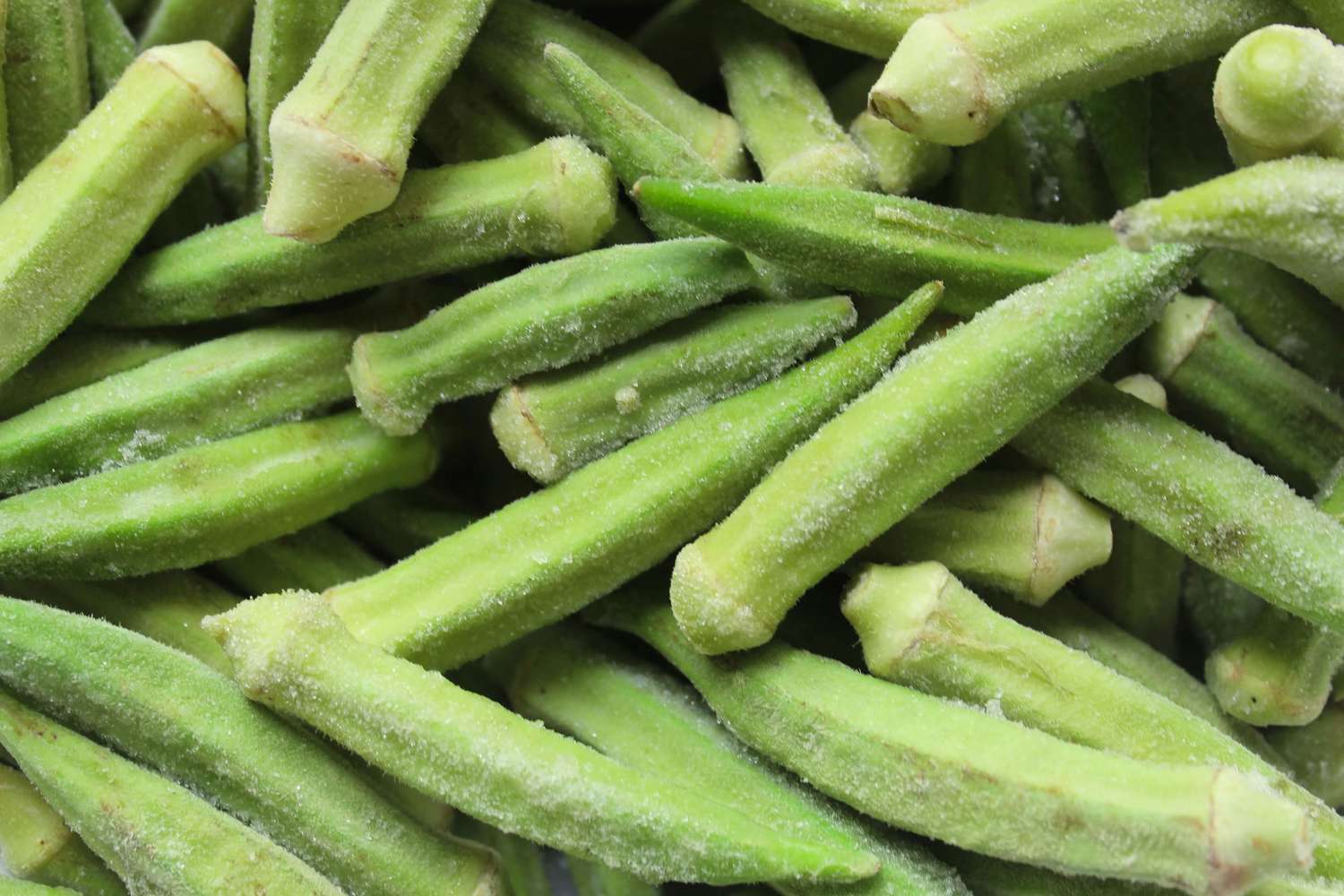
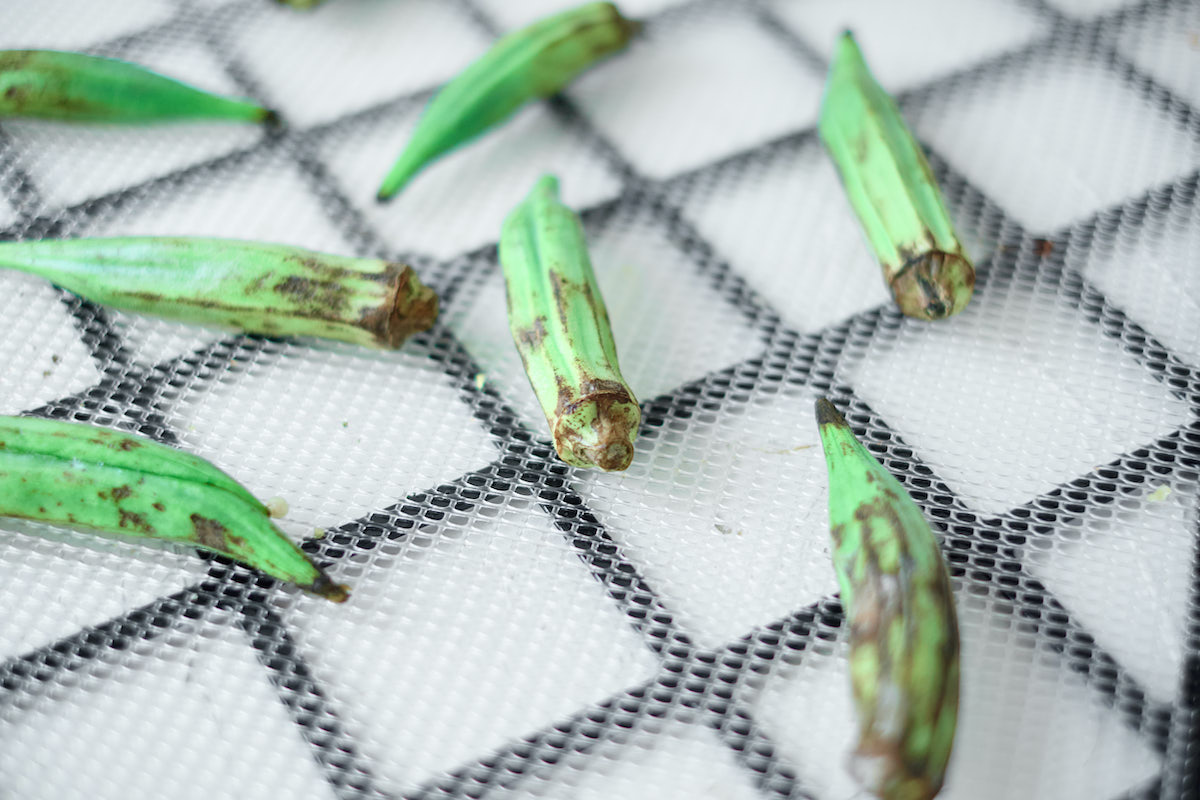
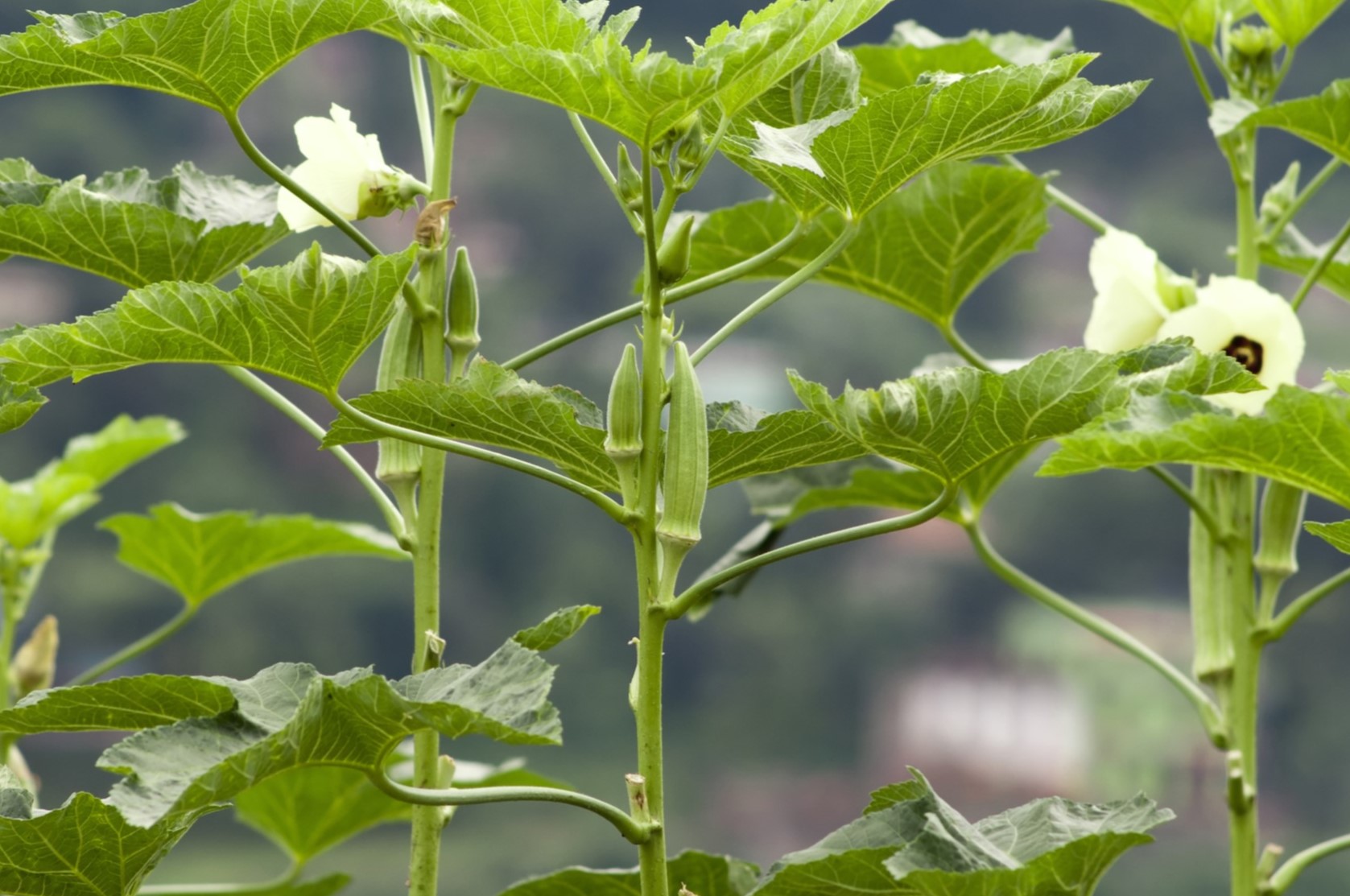
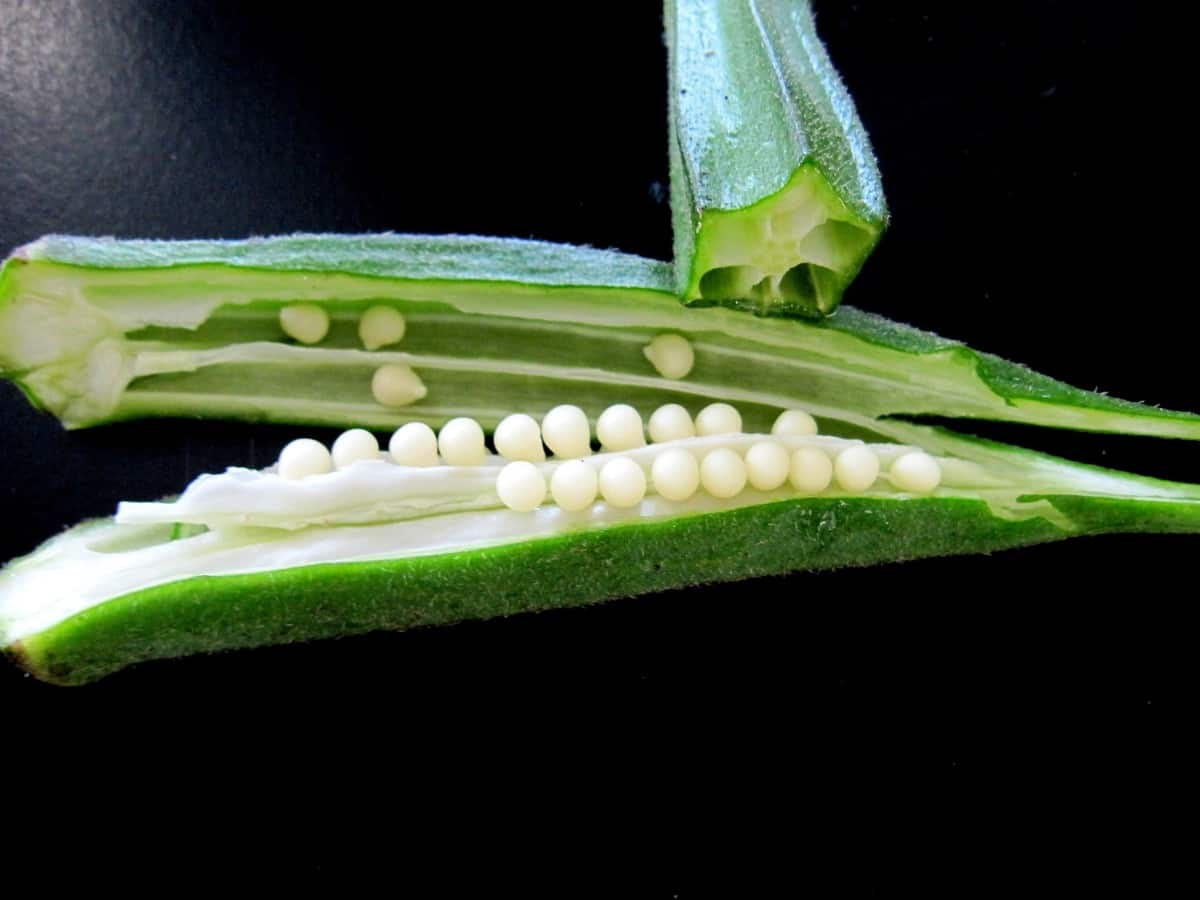
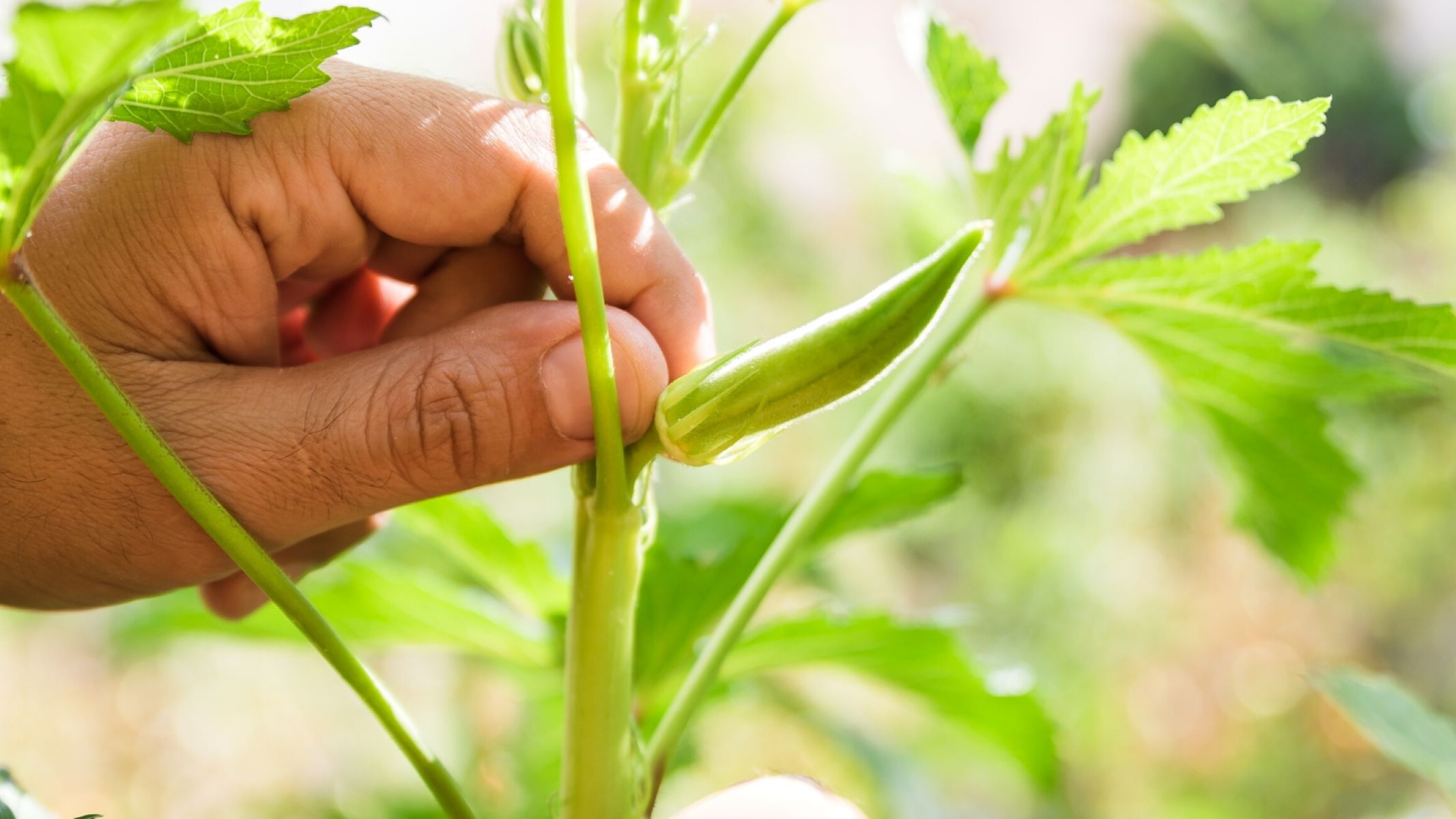
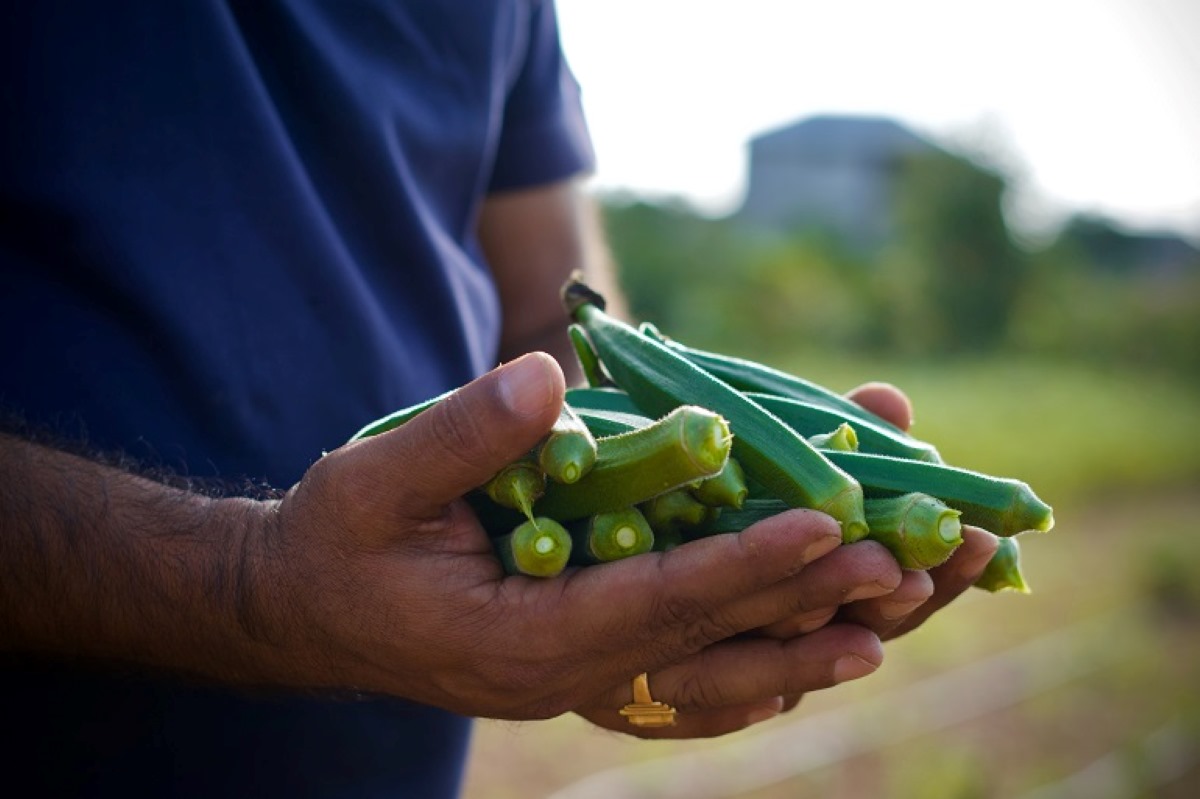
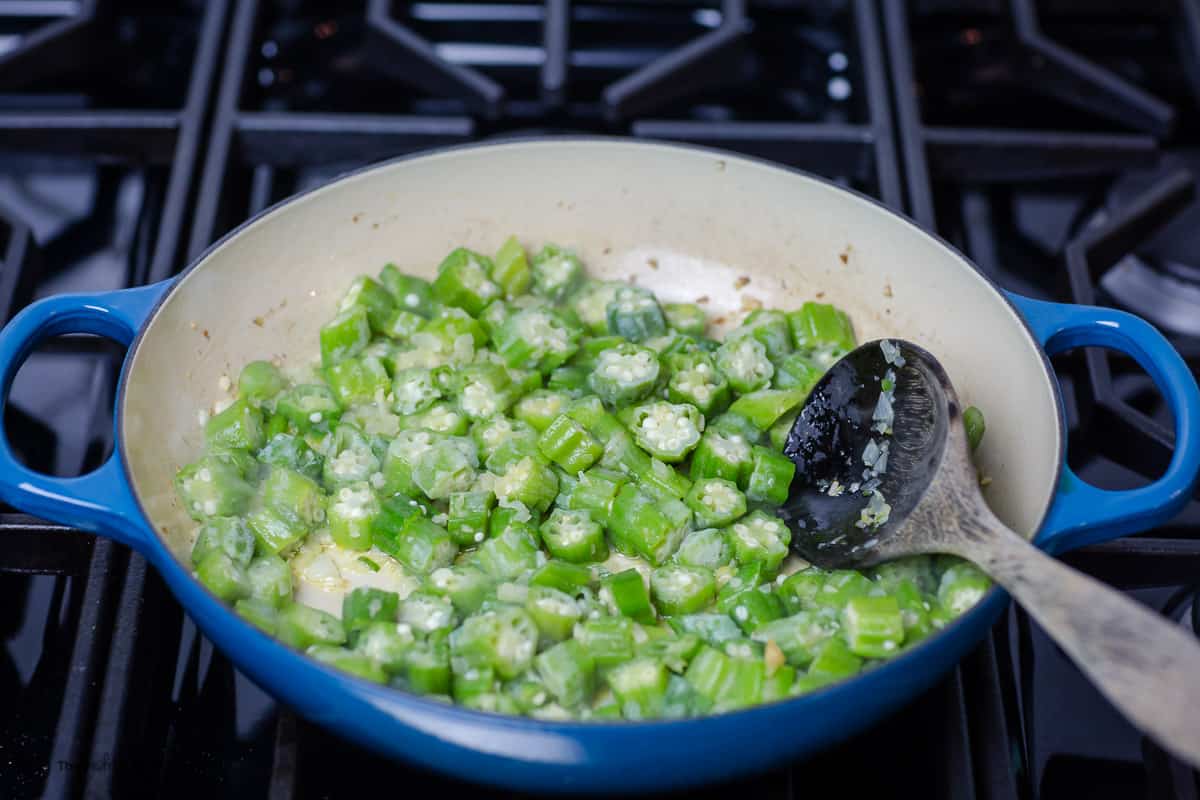

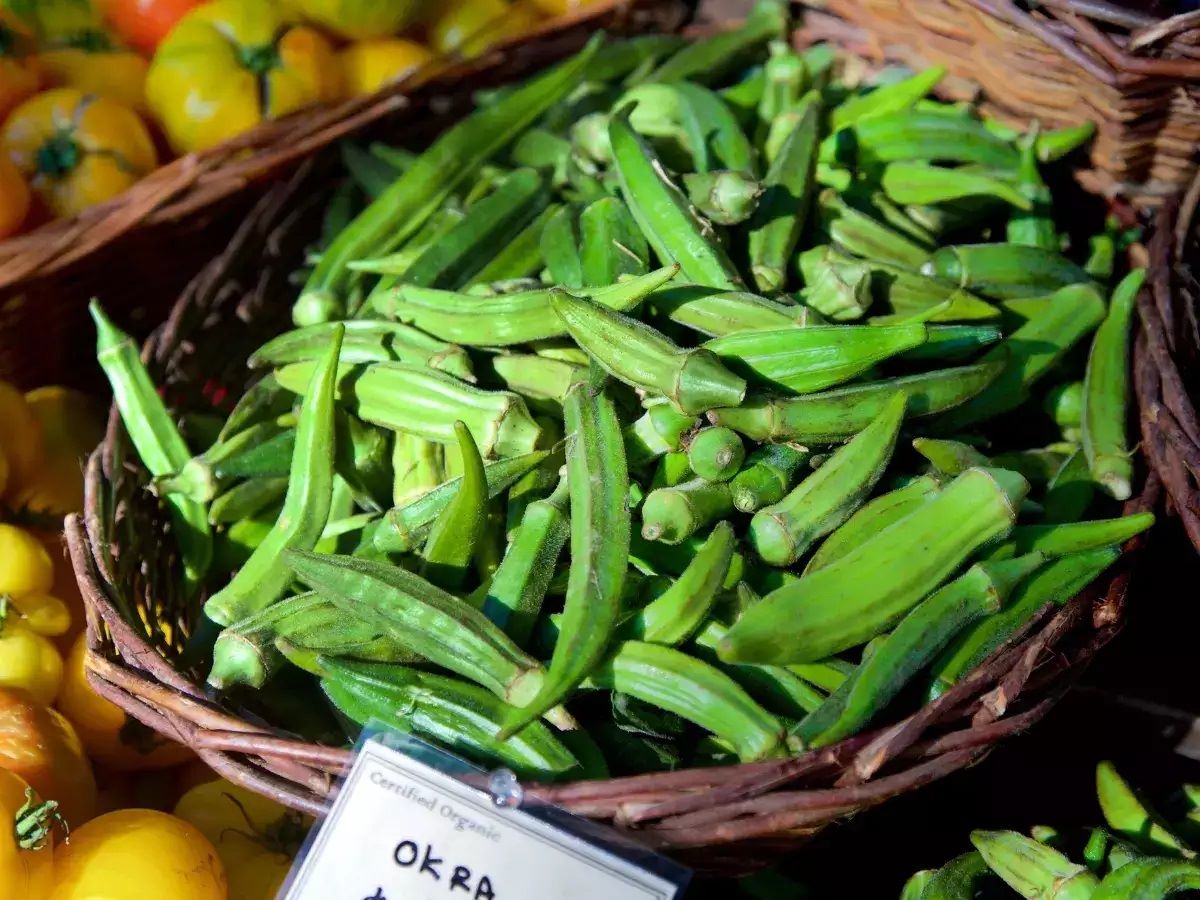
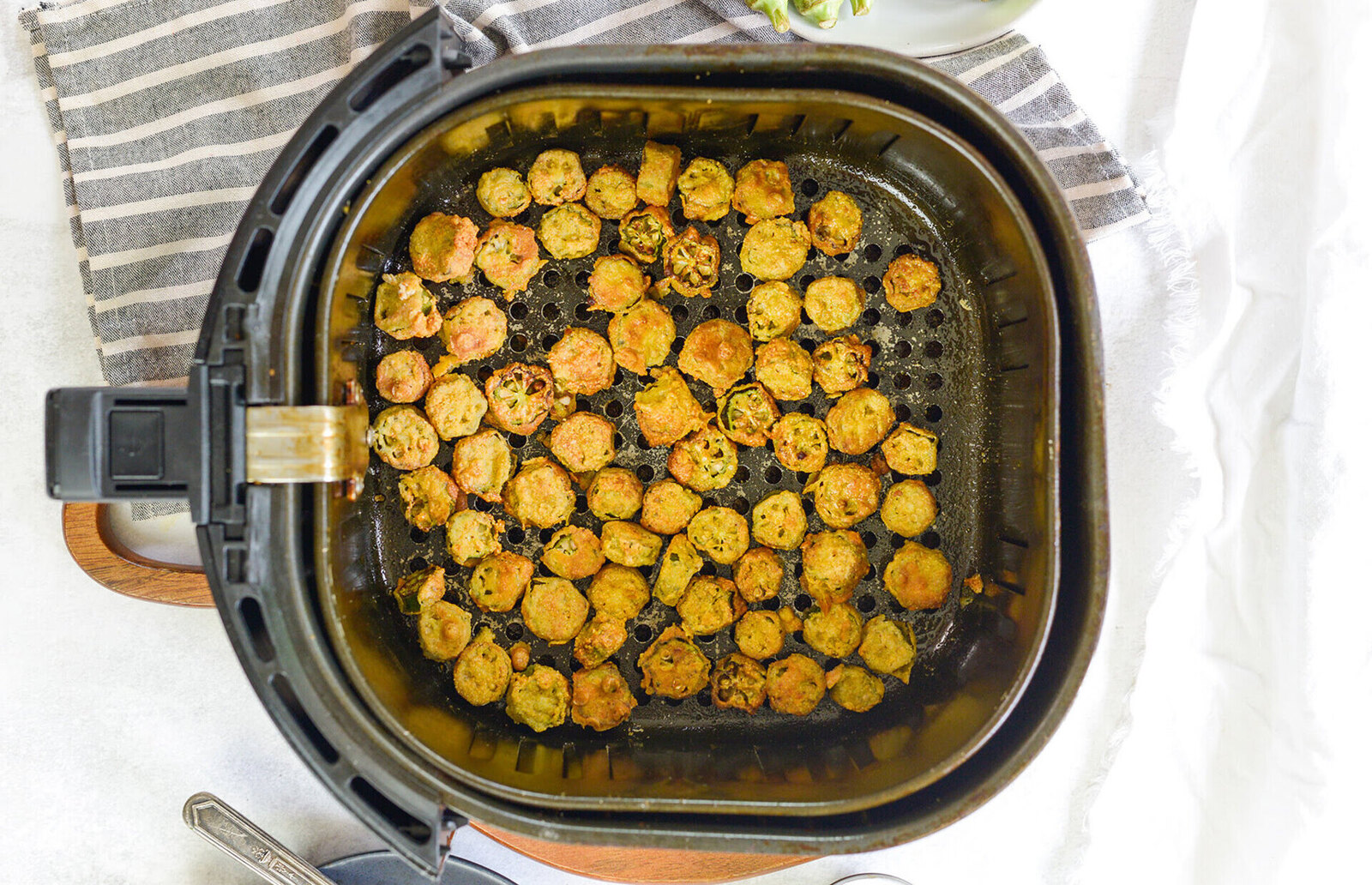

0 thoughts on “How To Germinate Okra”